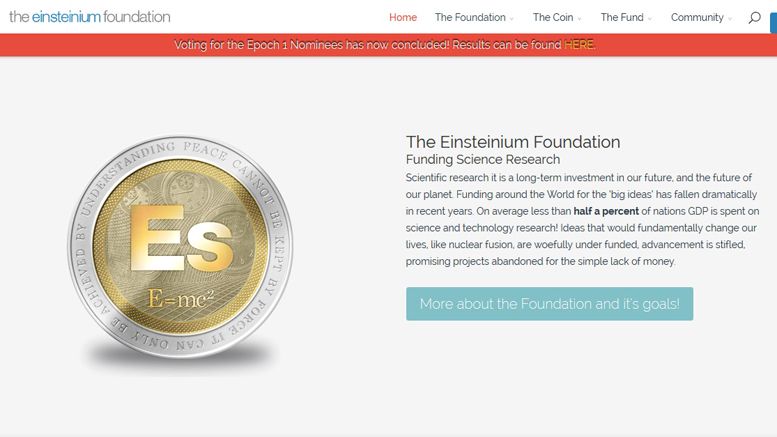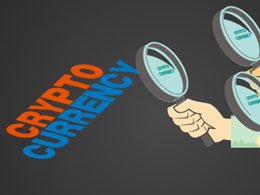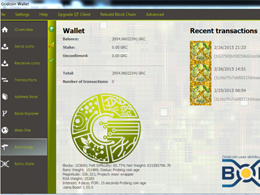
New Cryptocurrency Einsteinium Supports Ground Breaking Scientific Research – Funding the Future With The Future of Currency
Dedicated to raising funding for cutting edge scientific research worldwide, The Einsteinium Foundation has just released an unprecedented digital currency: Einsteinium (EMC2). With EMC2 the Foundation aims to finance important world changing scientific research worldwide, with projects receiving monthly donations – determined by a community based voting system. EMC2, similar to Bitcoin, is an emerging scrypt based cryptocurrency with no premine, based on a proof-of-work algorithm.
The Einsteinium Foundation pledged their first financial contribution on the 29th of March to an important scientific research program: Walter Moss, a post-doctoral researcher in the lab of Prof. Joan A. Steitz at Yale University, received 526314.56 EMC2 (approx. $1,000 in USD) for his work researching if viral molecular structures can cause cancer. The Einsteinium Foundation will deliver the funds to Walter Moss via crowd funding site Experiment.com; more information on his important work can be seen at https://experiment.com/projects/can-viral-molecular-structures-cause-cancer. To help Walter Moss reach his funding goal, the Foundation also raised an additional 300 000 EMC2 – approximately $600 USD.
Each month, scientific research programs and science education programs are nominated worldwide by EMC2 users – the EMC2 community then votes online at Einsteinium.org. The Einsteinium Foundation is currently seeking more world changing scientific projects to sponsor: nominations can be submitted at http://einsteinium.org/submit-a-project/ . To be eligible for funding the scientific project must be pushing humanity’s understanding forward and helping us build a better, safer future.
EMC2 automatically donates 2% of every block mined to the Foundation Fund to be used for donations. The mining of Einsteinium is divided into Epochs: each Epoch mines 36000 blocks of coins and is targeted to last approximately 25 days. Every 25 days, at the end of each Epoch, a new ground breaking scientific cause is selected to receive Einsteinium Foundation funding.
Like Bitcoin, Litecoin and Dogecoin, Einsteinium is a distributed peer-2-peer digital currency released without any premine. EMC2 implements the primary innovation of Wormhole Mechanics. To reward long term miners each Wormhole Event occurs randomly during each epoch and is 180 blocks long; with a reward of 2970 EMC2 per block.
With the unprecedented launch of EMC2, The Einsteinium Foundation will continue to offer support to ground breaking scientific projects across the globe. With Einsteinium’s innovation of Wormhole Mechanics, and its unique mission to raise funding for cutting edge scientific research worldwide with every block mined; EMC2 really is “Funding the Future with the Future of Currency”.
For more information about Einsteinium and to get involved please go to: http://Einsteinium.org/
Einsteinium official Bitcointalk thread: https://bitcointalk.org/index.php?topic=494708.0
To trade EMC2 and Bitcoin:
https://poloniex.com/exchange/btc_emc2/
https://www.allcoin.com/trade/emc2_btc/
https://www.cryptoaltex.com/index.php?page=trade&market=12
https://pmtocoins.com/index.php?page=trade&market=43
https://www.coinader.com/
Related News





